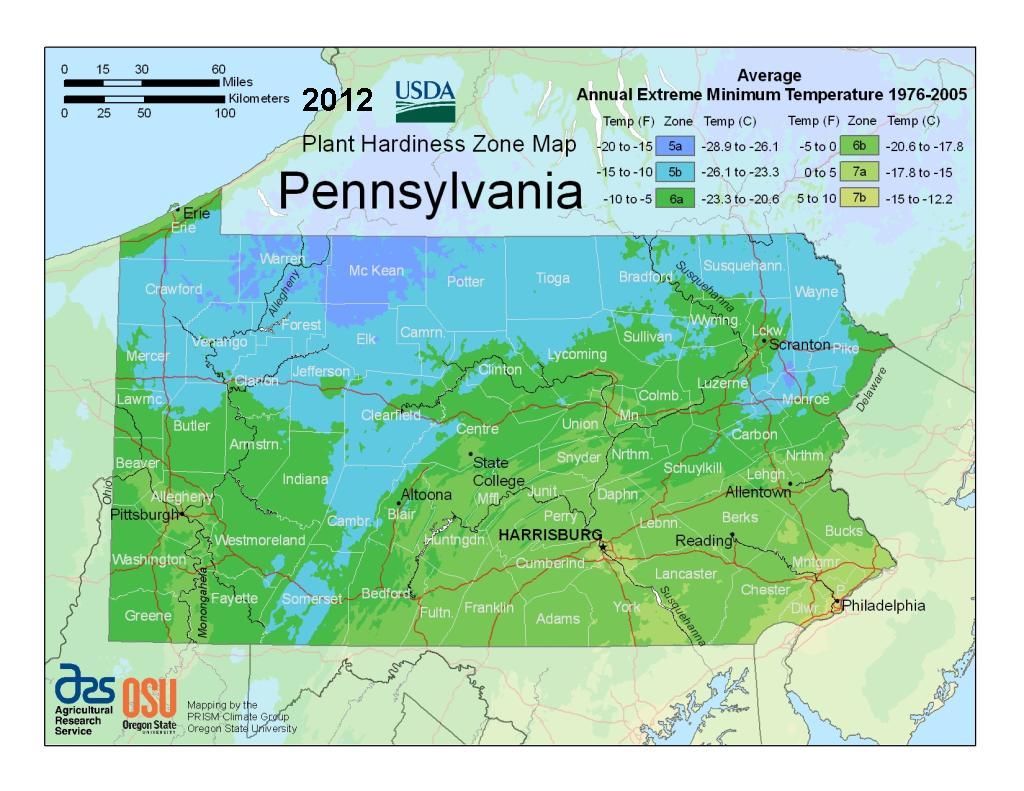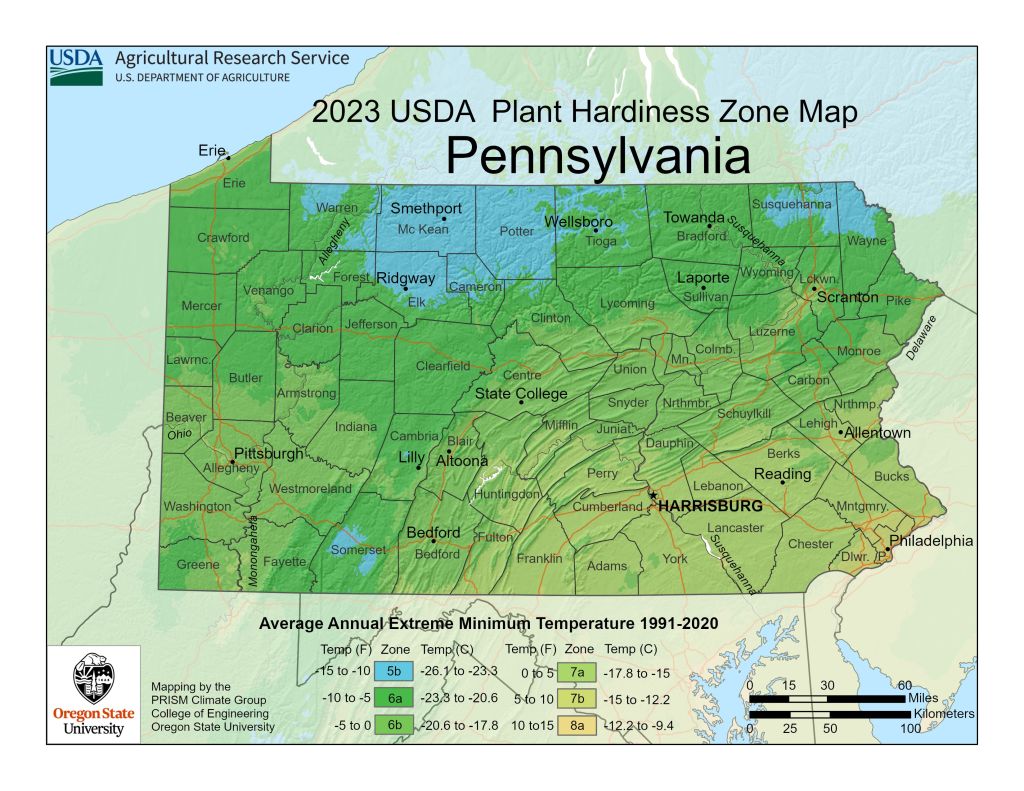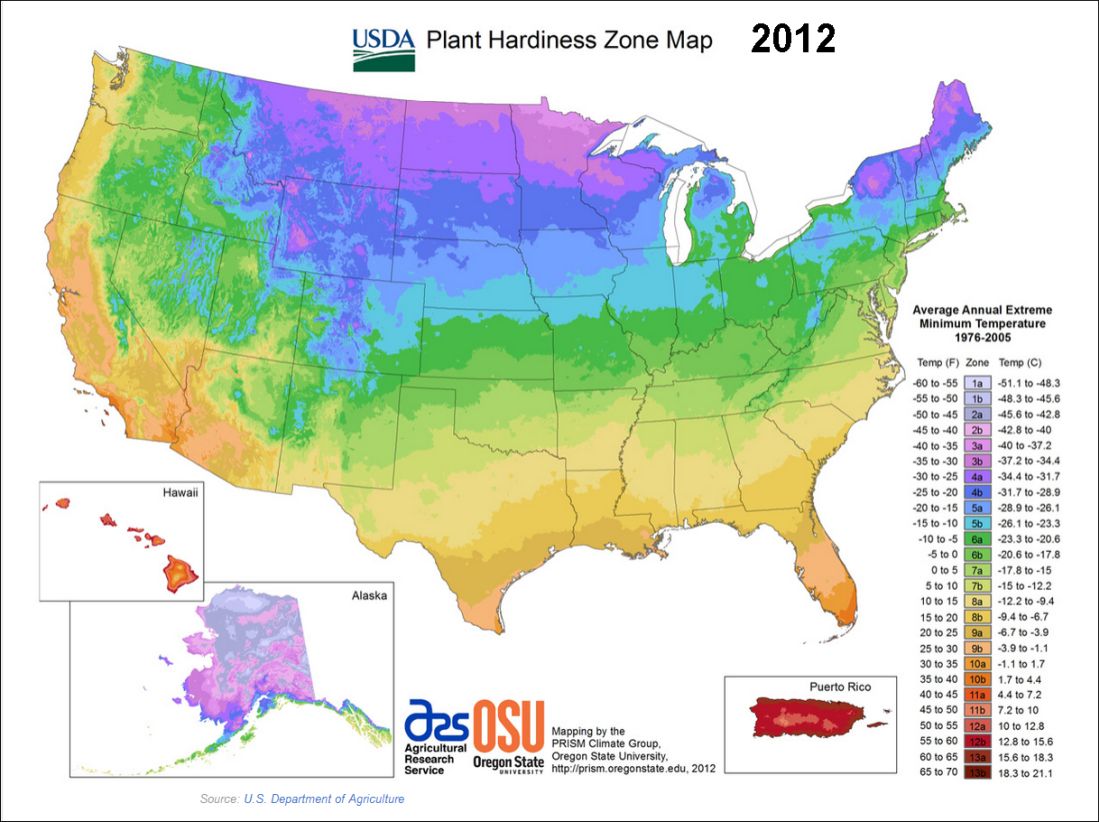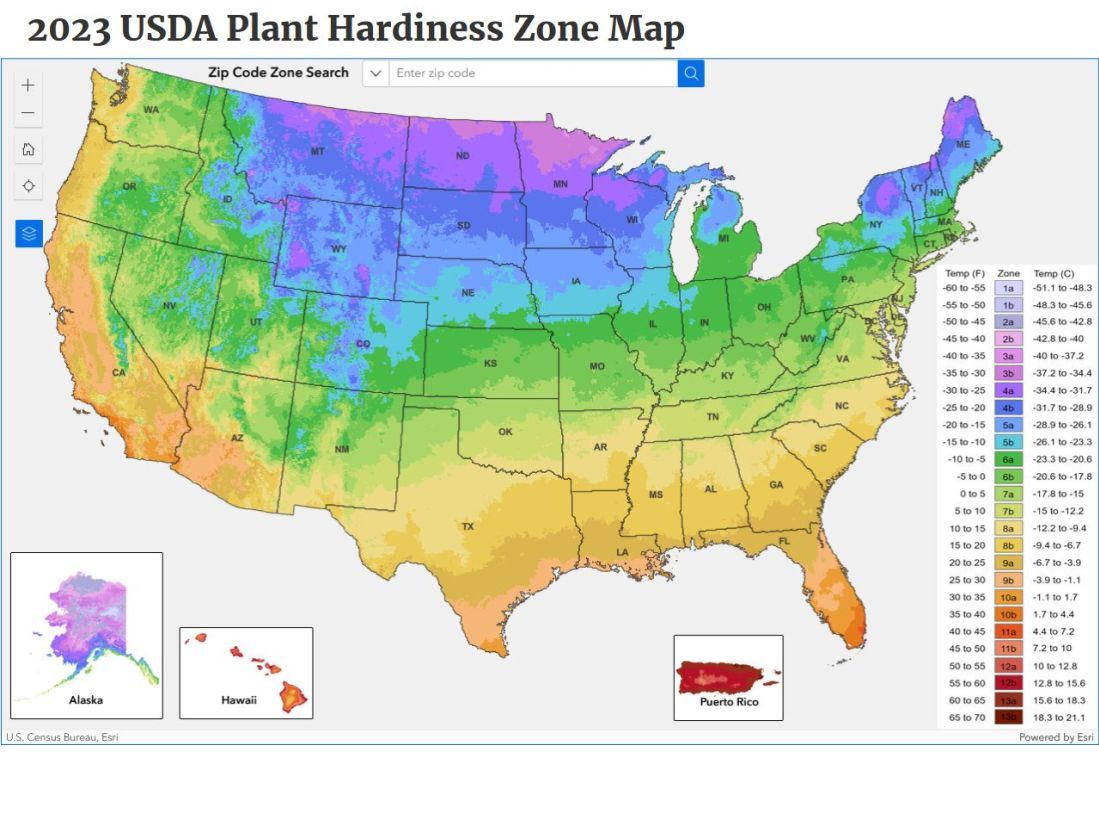21 November 2023
Once a decade USDA crunches the past 10 years of actual temperatures across the U.S. to calculate the growing season for each location. What they found this time is that 2010-2020 was so much warmer that the plant hardiness zones moved north. Again.
In Pennsylvania we lost our coldest zone and gained a warmer one. The Average Annual Extreme Minimum Temperature — the worst freeze that can happen to a plant — used to be -20 to -15 F (Zone 5a) in Warren and McKean Counties. Both lost that colder zone and parts of Warren jumped two zones.
Meanwhile, southeastern Pennsylvania’s temperature span rose 5 degrees and jogged the Philadelphia area out of 7b into Zone 8a. That means you can grow some pretty exotic stuff in Philadelphia now.
NPR interviewed Megan London, a gardening consultant from Hot Springs, Arkansas whose region made the same jump as Philadelphia.
In the new map, London’s region in central Arkansas has moved from zone 7b to zone 8a. What that means for her is that she’s now considering growing kumquats, mandarin oranges, and shampoo ginger, a tropical plant.
— NPR: ‘It feels like I’m not crazy.’ Gardeners aren’t surprised as USDA updates key map
This year’s heat in the eastern U.S. was a taste of the future. Watch an early Leaf Out — as much as 20 days ahead of schedule — creep up the map.
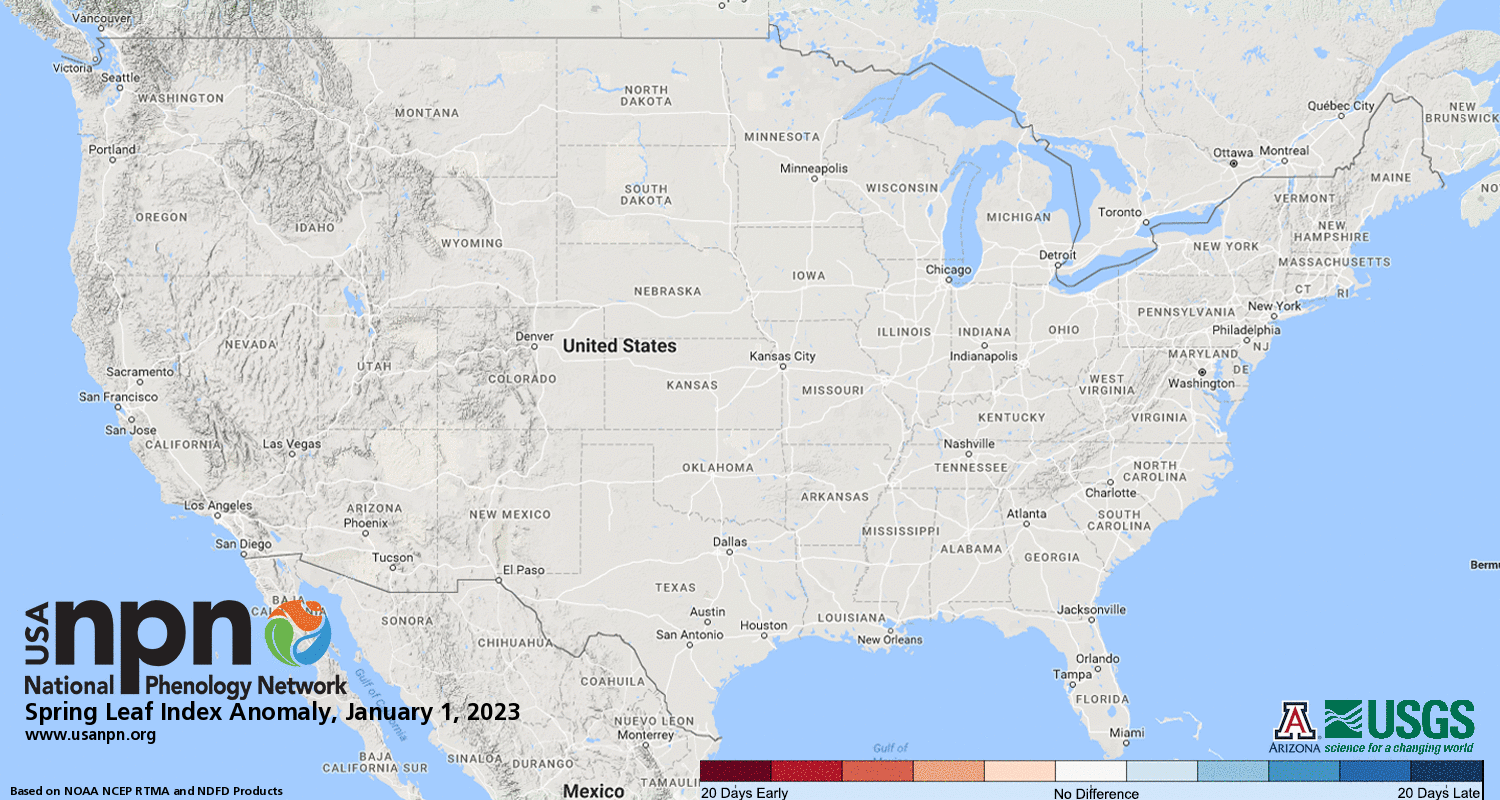
Compare the old and new plant hardiness maps for the entire U.S. Find the plant hardiness zone for your area on the USDA Plant Hardiness webpage.
(maps from USDA Plant Hardiness webpage and the USA National Phenology Network)
